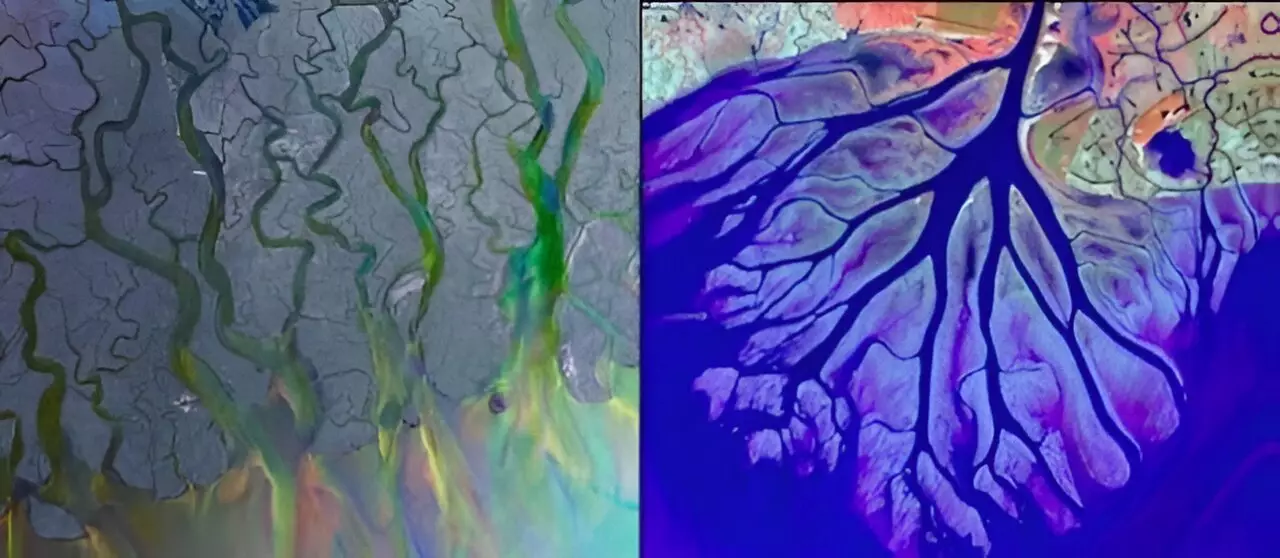Understanding how transport networks evolve and take shape is crucial for optimizing their stability and resilience. While tree-like structures are efficient for transport, networks with loops tend to be more damage-resistant. Researchers from the Faculty of Physics at the University of Warsaw and the University of Arkansas set out to explore the conditions that promote the formation of loops in transport networks.
The Study
The study, published in Physical Review Letters, reveals that networks tend to develop stable loop structures when flow fluctuations are appropriately tuned. This discovery sheds light on the structural dynamics of transport networks, such as river systems and blood vessels, providing valuable insights for enhancing their stability.
Even seemingly similar flow systems, like river deltas, can exhibit different morphologies based on environmental conditions. For example, the outflow from Wax Lake in Louisiana follows a tree-like pattern with smaller river outlets, while the Ganges-Brahmaputra River Delta in Bangladesh showcases a loop-like topology with interconnecting channels. The differences in these systems are attributed to variations in flow fluctuations driven by factors like river discharge and tidal flows.
The research conducted by scientists from the University of Warsaw and the University of Arkansas highlights that networks tend to maintain loop-like structures when flow fluctuations are finely tuned. Simple growth rules can lead to intricate patterns, with loop-containing networks proving to be more resilient to damage than tree-like structures.
Environmental Implications
The study emphasizes the importance of understanding the conditions conducive to the emergence of loops in evolving networks. With the ever-changing landscape due to factors like human intervention and climate change, fluctuations in flow patterns can lead to the formation or disappearance of loops within transport networks, ultimately reshaping their form.
The stability of loops in transport networks hinges on the intricate balance between geometric constraints and flow fluctuations. The research not only provides insight into the formation of loops in river systems but also has broader implications for a wide range of transport networks. By unraveling the factors that promote loop structures, scientists are paving the way for enhancing the resilience and stability of critical transport systems.


Leave a Reply